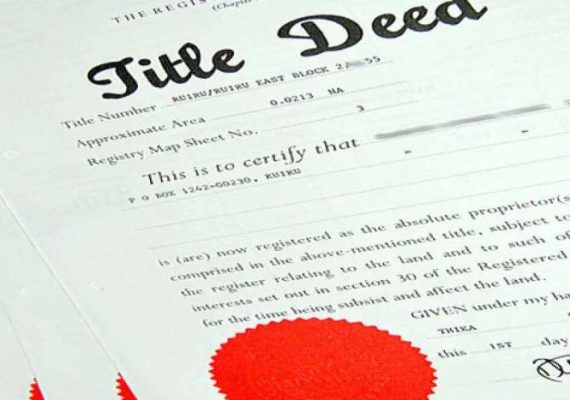What Is A Roof Garden? Types Of Roof Gardens
What Is A Roof Garden?
A roof garden is a type of garden located on the top of a building. It not only adds visual appeal, but can also provide various benefits such as food production, temperature regulation, water management, architectural enhancement, wildlife habitats and corridors, and even ecological advantages on a large scale.
The cultivation of food on building rooftops is also known as rooftop farming and is typically done using techniques such as green roofs, hydroponics, aeroponics or air-dynaponics systems or container gardens.
Rooftop gardening is often found in areas where land or property is limited, such as in large cities where real estate is expensive.
Rooftop gardens can be classified into two categories: those that cover part or all of a roof and are used in buildings for recreational or commercial purposes, such as a vegan or organic restaurant.
Benefits Of A Roof Garden
A roof garden is a great way to enjoy the outdoors from the comfort of your own home. It brings many benefits, including improved mental and physical health, as well as enhanced aesthetics in an urban setting.
Rooftop gardens bring a diverse range of benefits, both environmentally and economically. They reduce carbon dioxide emissions by acting as an air purifier, producing oxygen and decreasing the heat absorbed by buildings.
This can lead to lower energy costs due to decreased reliance on air conditioning. Additionally, they create a habitat for wildlife, reduce ambient temperature through shade and evapotranspiration, capture and harvest rainwater, reducing storm water runoff and discharge while creating large catchment areas. These features make rooftop gardens a valuable asset in promoting sustainability in our cities.
Types Of Roof Gardens
Roof gardens can be classified into three categories based on the type of vegetation and maintenance required.
- Extensive roof gardens are easy to maintain as they require a minimal layer of soil substrate. They are suitable for buildings such as storehouses, garages, and roofs. However, the types of vegetation that can be grown in these gardens are limited, and they have less aesthetic value. Lichen and moss are the best-suited vegetation for this type of garden.
- Semi-intensive roof gardens require a deeper soil layer, which allows for a greater diversity of plant species. They also require more stable construction to support vegetation, soil, and water retention. Vegetation can include lower species of the Sedum genus, wildflowers, and plants that do not require frequent watering.
- Intensive roof gardens allow for vegetation similar to that of a backyard garden, including flowers, shrubs, trees, and park elements. These gardens require large and stable constructions, making them less suitable for most buildings. They also require special attention during irrigation and regular maintenance.
Design Considerations For A Roof Garden
A typical cross-section of a roof garden includes an insulation layer at the bottom followed by a waterproof membrane to prevent leaks from the building and a root barrier to prevent penetration of roots.
The waterproof membrane used must be able to withstand the effects of acids released from some plant roots. A drainage layer made of lightweight materials such as plastic, clay, or gravel is then added to maintain the water level and aerate the growing media.
Drainage points must be easily accessible from the top as the roof system covers the entire roof. In certain designs, the drainage layer may also store water for later use by the plants.
A geotextile or filter mat is placed on top of the drainage layer to allow water to soak through and prevent erosion of fine soil particles. Finally the top layers consist of a wind blanket, plants and growing media.
The growing media is light in weight and helps with drainage while providing nutrients to the plants. The wind blanket is used to hold the growing media in place until the roots of the plants are established.
Maintenance Requirements Of A Roof Garden
Maintenance of roof gardens is often seen as a barrier to their installation, but it is important to consider maintenance needs during the design process. Commercial buildings with roof gardens must have roof and gutter checks at least twice a year.
The frequency of maintenance depends on the desired outcome for the client, which can range from weekly checks in the summer for intensive roof gardens to quarterly or biannual checks for more extensive gardens.
Biodiverse and low-maintenance roofs still require yearly checks to clean drains and gutters. Extensive sedum roofs need more frequent maintenance, including annual fertilizer applications and weeding three times a year, while less intensive regimes result in mixed vegetation.
For extensive roof gardens, it is important to develop a wildflower meadow with low fertility substrates that do not need annual cutting.
Key factors to consider during maintenance include preventing blockages and unwanted plant growth, minimizing fertilizer use to protect water quality, implementing vegetation barriers for fire prevention, and having fall-protection systems that are maintained yearly for workers within 2m of the roof’s edge.
Do You Need Planning Permission For Roof Garden?
Planning permission is generally required for any roof garden you plan to create. This includes approval from the local council, a structural survey and confirmation of building regulations.
You must make sure that the structure of your home can support extra weight and check how much light or water will be available to maintain the plants before starting construction.
Additionally, if you plan to add terraces, patios or balconies, you must secure planning permission as well. You should also consider restrictions related to height and size when installing roofs with gardens so make sure you research local bylaws before beginning work on your project.

